how do you store tablecloths?
woleile
16 years ago
Featured Answer
Sort by:Oldest
Comments (27)
Maura63
16 years agomustangs81
16 years agoRelated Professionals
Santee Custom Closet Designers · Chandler Custom Closet Designers · Gilbert Custom Closet Designers · San Diego Custom Closet Designers · Whittier Custom Closet Designers · Liberty Township Interior Designers & Decorators · East Ridge Home Builders · Fresno Home Builders · Katy Home Builders · Newark Home Builders · Franklin Park Carpenters · Glendale Heights Carpenters · Palmetto Bay Carpenters · The Hammocks Carpenters · Valley Stream Carpentersbud_wi
16 years agoclaire_de_luna
16 years agojoann23456
16 years agowoleile
16 years agomsmarion
16 years agojannie
16 years agotalley_sue_nyc
16 years agoDYH
16 years agowoleile
16 years agotalley_sue_nyc
16 years agotalley_sue_nyc
16 years agotalley_sue_nyc
16 years agopinktoes
16 years agotalley_sue_nyc
16 years agopinktoes
16 years agomustangs81
16 years agomsmarion
16 years agomustangs81
16 years agokatie_cr
16 years agokatie_cr
16 years agomustangs81
16 years agogayle0000
16 years agopaabal_yahoo_com
15 years agoginih
15 years ago
Related Stories

BUDGET DECORATINGPop Culture Watch: Get a Good Rap With Thrift Store Scores
Eight rooms that rock secondhand finds, in an ideabook inspired by rappers taking YouTube by storm
Full Story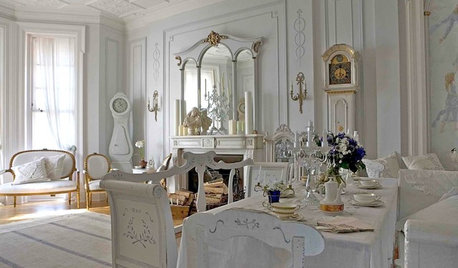
TRADITIONAL STYLEDecorating With Antiques: Luxurious Linens
Bring quality, comfort and a sense of old-world romance to your rooms with vintage tablecloths, sheets, napkins and more
Full Story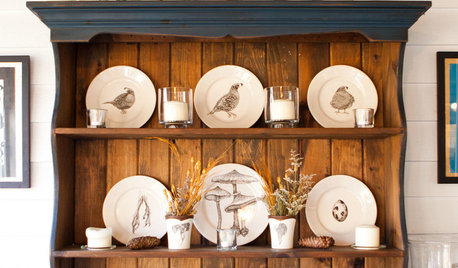
KITCHEN STORAGESmart Storage: Make the Most of Your Hutch
End the “Where are those ... ?” conundrum by storing seasonal and everyday items in a well-organized hutch
Full Story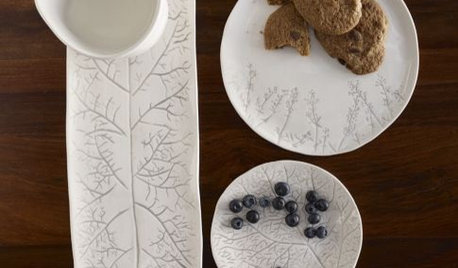
Get Thanksgiving-Ready with the Season's Best Picks
Deck out your dining room for a festive feast with 25 faves from top stores and catalogs
Full Story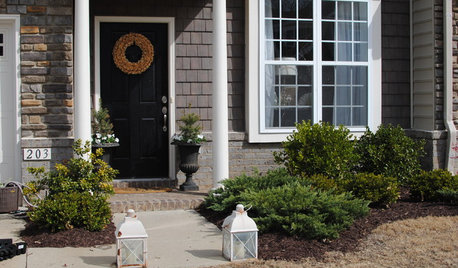
HOUZZ TOURSHouzz Tour: Traditional-Style Townhouse in Colonial Williamsburg
Handmade pieces, big-box-store finds and antiques create new history together in this graceful Virginia townhouse
Full Story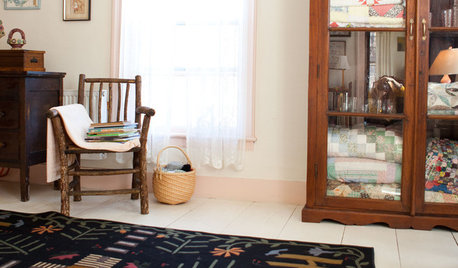
THE HARDWORKING HOMEClever Ways to Rethink the Linen Closet
The Hardworking Home: Get rid of those toppling piles with these ideas for organizing bedding, towels and more
Full Story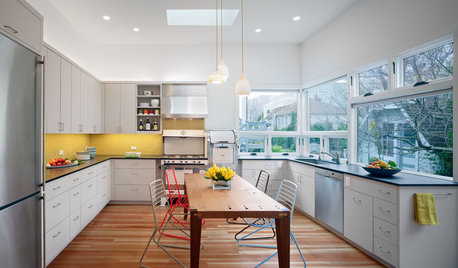
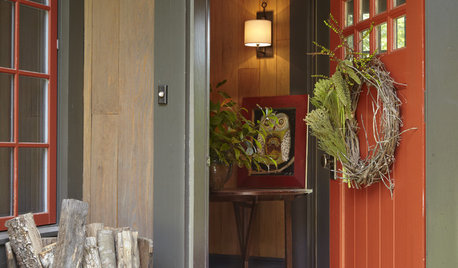
HOLIDAYS12 Home Hot Spots for Holiday Decorating
Deck these areas with garlands, lights and other seasonal decorations, and watch a festive mood take hold
Full Story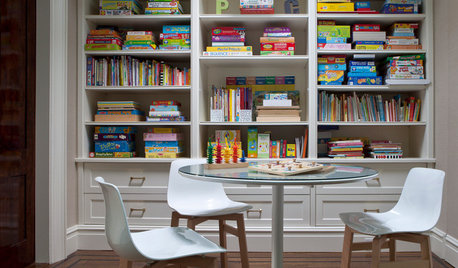
DINING ROOMSBetter Ways to Use Your Dining Room
Ready to rethink a formal dining room? Here are some great ideas for turning your home’s least-used room into a fun multitasking area
Full Story





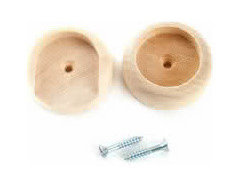

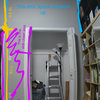


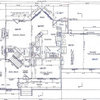

talley_sue_nyc